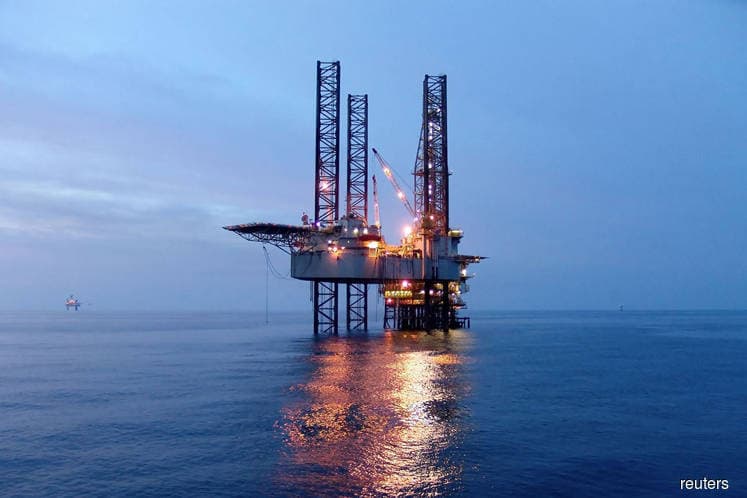
AFTER a long and tedious wait, the country’s oil and gas (O&G) services companies are finally beginning to enjoy the benefits of better crude oil prices and increased upstream spending by oil majors.
But while some listed companies have started to see a positive turnaround in the latest results season, The Edge has learnt that some smaller vendors have yet to be paid, even though they have completed their subcontracts.
“Sorry to say [but] some OGSE (oil and gas services and equipment) companies are having problems getting their payments down the line,” says an executive at an offshore services company.
“This does not happen with the NOCs or IOCs (national or international oil companies), but it is more on the part of the main contractors.”
Late payments to smaller vendors in the sector have been occurring for decades, information gathered by The Edge reveals.
However, it has got worse following the prolonged oil price downturn in 2015, and unfortunately, shows no signs of improvement despite the nascent recovery in the sector.
Delayed payments could put a dent in Petroliam Nasional Bhd’s (Petronas) consolidation agenda.
According to Petronas president and group chief executive Tan Sri Wan Zulkiflee Wan Ariffin, the norm is for Petronas to pay the main contractors as they are its “single point of contact”.
That payment is then to be made down the line to the subcontractors. However, when certain main contractors do not keep their end of the bargain, subcontractors may no longer wish to participate, never mind consider mergers and consolidation.
The payout may be small relative to the main contractor’s finances, but it is critical for small and medium enterprises. Halting payment amounts to tightening the cash flow — the lifeblood of a company.
The national oil and gas company is cognisant of the problem. “We are pretty conscious; we know about the cash flow issue faced by some of our service providers,” Wan Zulkiflee said at Petronas’ FY2018 results briefing last Friday.
“On our part, we do take this into account [in] our selection of main contractors [based] on their previous [payout] performance,” he says, adding that Petronas does intervene in some contracts.
However, sometimes its hands are tied.
“The main contractors are our single point of contact, [and] there are certain terms in the contract that sometimes restrict us from full intervention. So, it is kind of on a contract-by-contract [basis], but we are fully aware of this issue, [and] we have taken initiatives.”
Separately, last year, Petronas initiated a matchmaking scheme, called the Vendor Financing Programme, under which seven financial institutions have been roped in to provide vendors easier access to financing.
“Essentially, all these efforts are to ease the cash-flow problems faced by subcontractors,” Wan Zulkiflee says.
The industry executive confirms that Petronas has intervened in the past and that certain small vendors managed to bypass the main contractors to be paid directly by Petronas and its partners.
“We also understand the grievances … for main contractors, the rates are still low. They show profit on paper but cash flow is another issue altogether.
“But [the non-payment] is a valid complaint,” the executive says.
Malaysia has in excess of 2,700 active O&G companies, most of which are SMEs. Fewer than 50 are listed on Bursa Malaysia.
Previously, Petronas had said it would leave industry restructuring and consolidation to market forces as less capable SMEs are expected to drop out and the more capable ones emerge stronger in the long run.
This year, Petronas expects to allocate RM15 billion out of “slightly over RM50 billion” in capital expenditure for the domestic upstream segment, up from around RM12 billion last year.
But if the issue of non-payment of smaller players persists, O&G SMEs — including the better ones — may end up adrift due to cash-flow concerns, preventing the successful implementation of Petronas’ agenda to build a stronger O&G industry for the future.